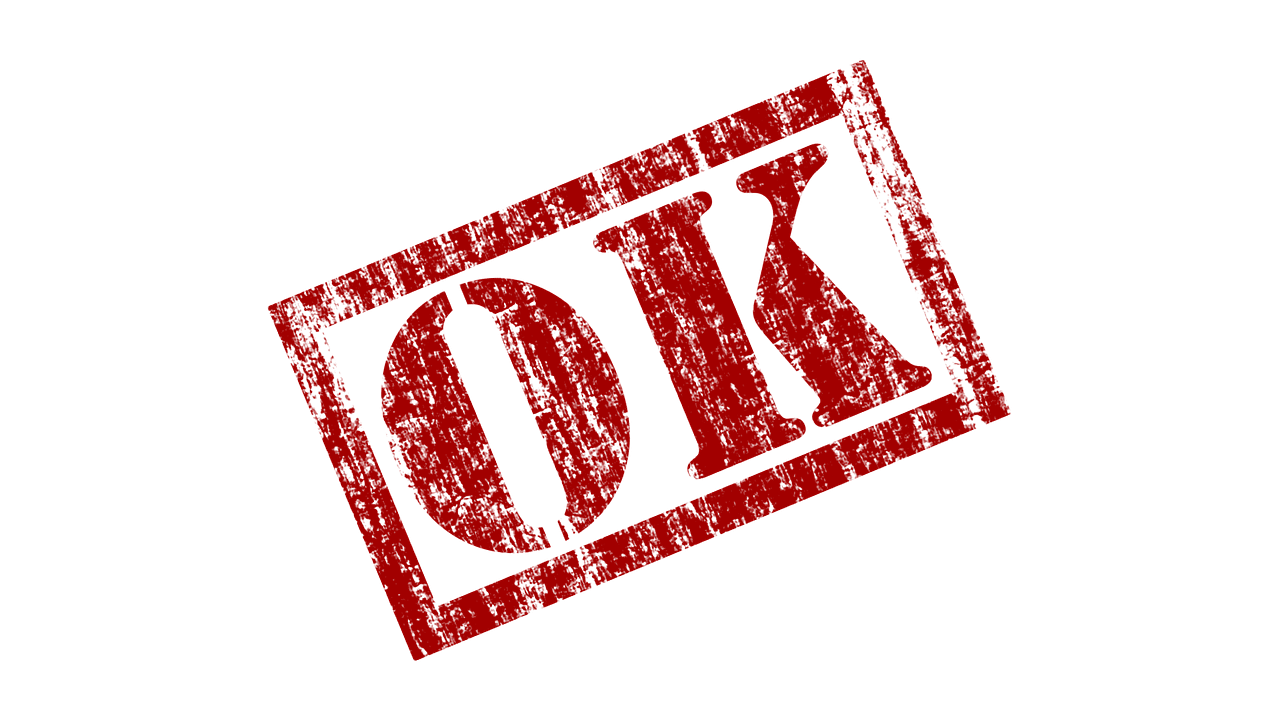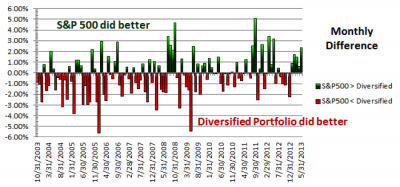
There is almost never a good time to take care of basic estate planning, but for many people the specter of the process is worse than just doing it. Here are some very rudimentary steps you can take, and while I would be loathe to suggest you not engage the services of a qualified attorney (because you should), if that reticence is the primary reason for your delay, then it’s best to do some basic things yourself online.
Step 1: Make a will. Duh. If you have kids, do it this weekend. We all have a crazy relative (some of us more than others), and we’ve all seen our share of crazy judges. What an insane thing to play Russian Roulette with, huh? Just make it clear who you would like to be the guardians of your children. If you do nothing else, do this. Assets can be squabbled over, and attorneys may be enriched by said squabbles, but nobody’s best interests are served when courts are involved in determining your children’s future.
Step 2: Create a Durable Power of Attorney for Health Care. Different states have different forms, but the forms are out there and available for low, or no, cost. Think Terry Schiavo and that lovely term “persistent vegetative state.” You may want to hang on by your fingernails or you may want that plug pulled lickety split. Whatever—just make sure someone out there knows what you want and put them in charge! [Now, I’m not sure I’d put the same person in charge of my financial affairs as the one making life or death decisions, but that’s just me. Just sayin’.]. If you don’t remember the Terry Schiavo case, please Google it. And even those who do might forget that case went on for 15 years. That is One-Five years.
Step 3: Complete an Advance Medical Directive. This is a companion document to the Durable Power of Attorney for Healthcare, and a very straightforward form (and different by state) that simply tells doctors what life extending measures you want. For the elderly or infirm, those are often placed either on a nightstand or on the refrigerator in the event an ambulance is called to your home. Here’s an easy one from the state of Maryland: http://www.oag.state.md.us/Healthpol/AdvanceDirectives.htm
A few codicils (yes, that’s an estate planning pun—and there just aren’t many of those to be had): if you really love your family dog (or cat…I guess), you absolutely can ensure they are provided for with a Pet Trust. Some states don’t have such a provision, but DC, Maryland and Virginia all do.
Second, there are possessions in your life that have value to you and maybe to others, but they have nominal real value. Append a letter to your executor specifying your wishes for those items. It simplifies the will and can always be changed when someone pisses you off.
Finally, put everything in one place! Call it your “Death Book” if you want to be maudlin. Put an image of the Grim Reaper on the front so nobody mistakes it for anything else. You want your loved ones to be mourning you, not riffling through your desk to find account numbers and passwords!
Hey, nobody said this was fun, just necessary. And valuable. And time and money saving. And potentially of real emotional value to your loved ones, and maybe even to yourself, as you work through these steps. If you’re still not sure of its value, think of the 5,475 days they spent fighting over Terry Schiavo…and get to work!

















